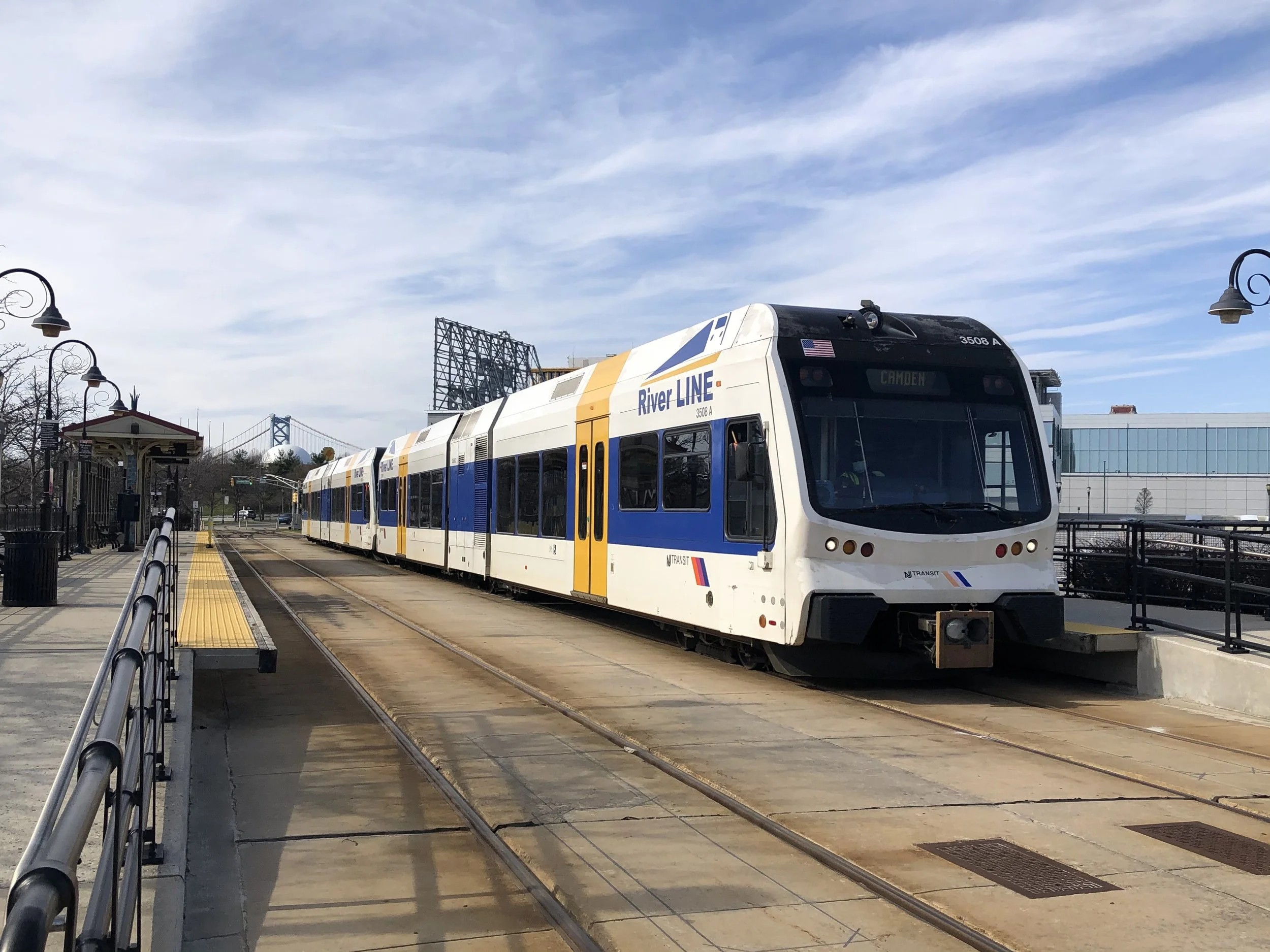In this episode, I wrap up a few loose ends before we finally get to layout construction. First, I finish off explaining a wide variety of railroad-related terminology, going into all the depth you would need to know about what most major railroad components are and how they work. Then, I list off and describe all the tools you would need to build a model railroad. Importantly, I then follow this up with modeling safety, and close out the episode with a little bonus, proving that model railroading is not just for nerds.
BGT Episode 4: Train Sets and DCC
This episode covers the phenomenon of train sets and explains the different methods of train control.
First, for those entering the hobby or reminiscing back, train sets have a prominent, but sometimes controversial place at the start of the future hobbyist's yellow brick road. Depending on what you do later, buying a train set may or may not be worth it. Some people enjoy the simplicity and flexibility of a train set, some want higher quality or more specific equipment and build their own train set, and others want to jump right in to building a railroad, at which point a train set is not necessary. One way or another, visit your local hobby shop to make your purchase, as the proprietor will likely have plenty of useful advice on which is best suited to your interests.
When it comes to building a layout, though, the beginner needs to make a touch choice of how to control their trains: Direct Current (DC) or Digital Command Control (DCC). The gist is that DC is both simpler and easier, but also much more limited in functionality, whereas DCC, while being more expensive, allows you to run multiple trains at the same time and can operate locomotives with realistic sound modules.
Best of luck to all of you beginners! If you have any questions, please feel free to contact me, as I am assembling our first Q&A episode! Happy railroading!
BGT Episode 3: Scale and Gauge
Okay, confession, for as long as I've been in the hobby, it has always driven me nuts when someone says "I model in O Gauge". No. Ultra no. Infinity no. Gauge is the distance between the rails, scale is how small the trains are with respect to the prototype.
Scale, of course, is the basis of the hobby. We model things smaller than in reality, but all components of a model railroad are to the same scale to prevent them from looking over- or undersized. The common modeling scales, from largest to smallest are G, O, S, HO, N, and Z.
Several scales use the same gauge track to represent alternate gauges of that scale. For example, F scale uses G gauge track to represent 3ft narrow gauge, and On30 uses HO gauge track to model 30 inch narrow gauge, whereas both G and HO use their respective gauges to represent standard gauge. This is usually done by scaling up the locomotive sizes until the track gauge represents the desired narrow gauge. This is done because it allows modelers of more obscure scales and gauges to more readily use commercially available components. It's one thing to construct a locomotive from scratch, but it's far easier to take, for example, a G scale locomotive chassis and motor, and build a new locomotive on top of that. It increases reliability and accessibility for that hobby niche. Thus, saying which gauge you model in can be very uninformative as to what you do with it, because there could be multiple scales associated with it.
There are many different scales that hobbyists model in, from garden-traversing G scale to city-in-a-coffee-table Z scale. Due partly to the sizes and partly to the histories of each scale, the different modeling scales all have particular advantages. While most people settle into HO or N scale, it is worth understanding all of the other scales and their finesses before you make a choice.
Hopefully, this episode will serve to edify the next generation of modelers on the subject of scales and gauges. As always, please feel free to drop us a line at our contact page if you have any questions, liked above.
